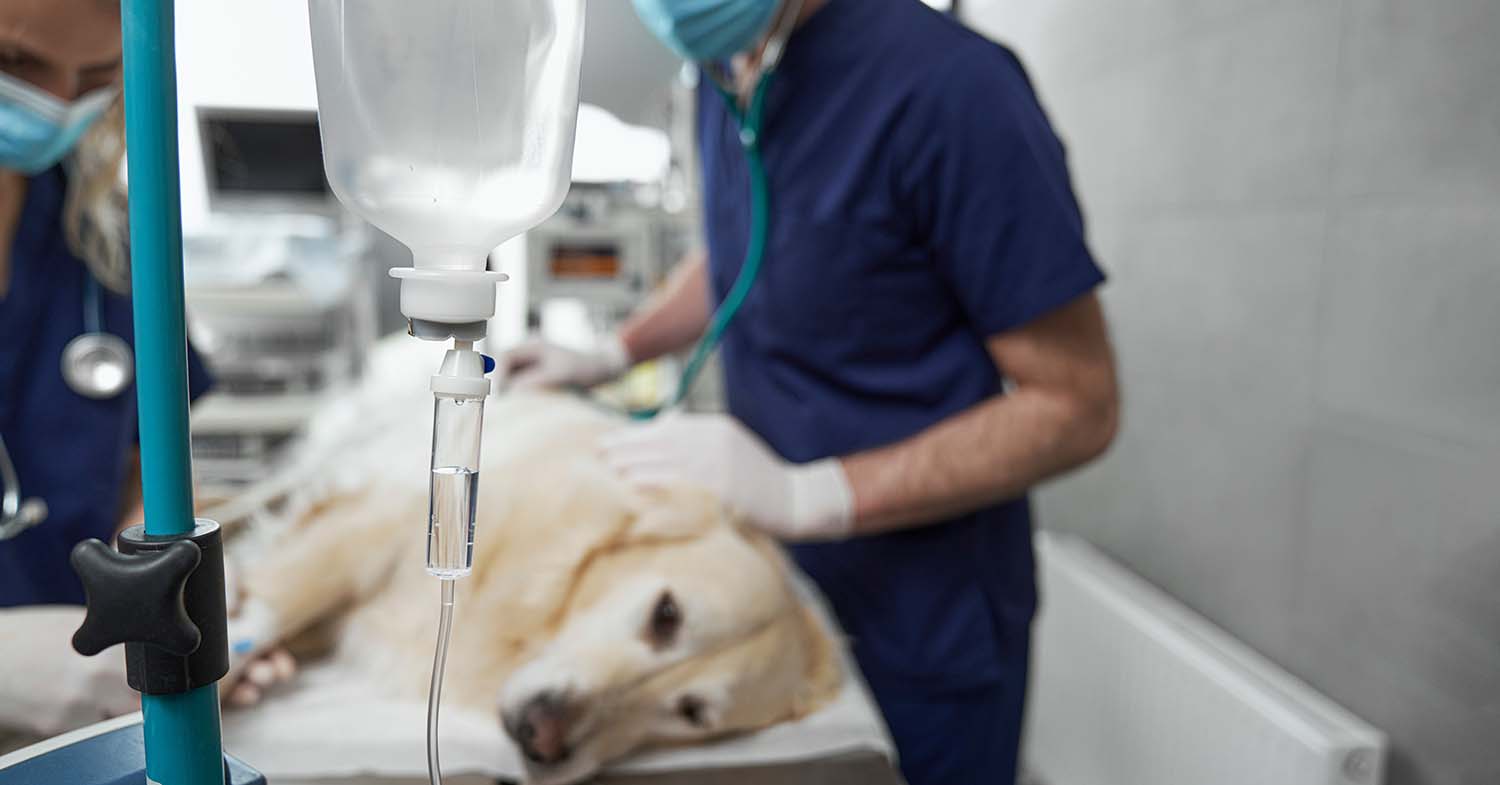Anaesthesia and analgesia
Articles and information covering anaesthesia, sedation and pain relief in companion animals.
Karen Walsh outlines the pharmacological options that can be used for different conditions in these pets.
Anne-Sophie Van Wijnsberghe and Carl Bradbrook discuss the benefits, disadvantages and application of these two anaesthetic techniques in canine and feline patients, along with the drugs used to implement them.
Emma Gerrard discusses considerations vet nurses should be aware of when caring for pets during this period, including medicines, equipment, pain management, infection control and hygiene isolation protocols, as well as owner advice.
Georgina Sharman describes the steps veterinary teams can take – both as a practice and as professionals – to reduce risk, as well as how to get ready for basic and more advanced cases…
Matt Gurney discusses why vet surgeons should think carefully before cancelling a procedure due to concerns about anaesthesia.
Collette Dempsey and Miguel Martinez argue for the consideration of these processes when treating cancer in pets.
Sarah Little outlines handling, behavioural and environmental aspects in animals pre-medication.
Anne-Sophie Van Wijnsberghe and Matt Gurney outline the protocols of sedation and anaesthesia in small animals and emphasise the need for individual patient approaches to ensure safe procedures.
Diego Rodrigo Mocholi details the various types of block available and their use in canine, feline and equine veterinary medicine.
Georgina Sharman looks at the use of this in practice and how vet nurses can assist.
Diego Rodrigo Mocholi discusses three types of therapy that will be of importance in the near future.
Keith Simpson describes the development of a colour coding system that means gas direction can be monitored on traces.
Nuria Quesada Vicent reviews the importance of this process, as well as the equipment options and their features, and main differences
Karen Walsh discusses early recognition of this issue, as well as developments in medications and additional management options.
Lou Northway walks readers through the stages of, and considerations around, anaesthetising cats and dogs with cardiac conditions.
Diego Rodrigo Mocholi discusses neurological, cardiovascular and respiratory system tools that can improve the quality of this process.
Becky Robinson provides an overview of this monitoring tool to equip users with the knowledge to understand its output and maximise its potential use in practice.
Louise Northway reinforces the scale of anaesthetic role veterinary nurses play, as well as possibilities for further training and advanced physiological parameters that can be monitored.
Helen Benney details considerations around performing the vital perianaesthetic role required for patients with cardiovascular disease.
Robyn Thomson and Derek Flaherty guide readers through the stages and considerations for anaesthetising cats diagnosed with asthma.

